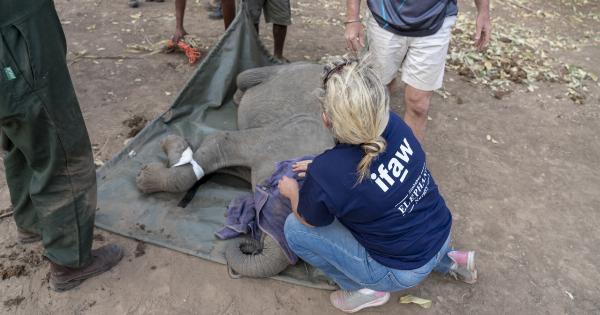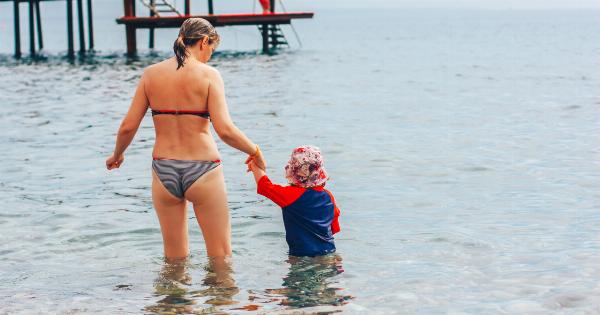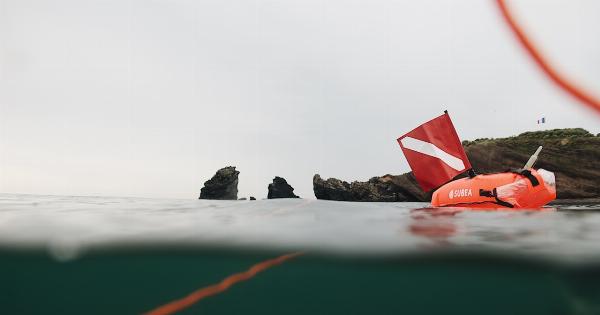Autism spectrum disorder (ASD) is a neurodevelopmental disorder that affects communication and social interaction. According to the Centers for Disease Control and Prevention (CDC), approximately 1 in 54 children are diagnosed with ASD.
Children with ASD have difficulty understanding danger and are often drawn to water, which can increase their risk of drowning. This article explores the link between autism and drowning risk in children, and provides tips for parents and caregivers to prevent drowning incidents.
Why Autism Increases Drowning Risk in Children
Children with ASD have a higher risk of drowning compared to typically developing children. Research suggests that children with autism are drawn to water, and have difficulty understanding the dangers associated with it.
According to a study published in the journal Pediatrics, 80% of children with ASD aged 5-14 years who drowned, died as a result of accidental drowning. This is compared to 26% of typically developing children who drowned due to accidental drowning.
The study also found that children with ASD are at a higher risk of wandering, which can increase their risk of drowning in bodies of water.
Children with ASD also have difficulty with communication and social interaction, which can make it challenging for them to understand and follow safety rules around water.
They may struggle to understand why they should not jump into a pool or swim in deep water, even if they are not strong swimmers. They may also have difficulty communicating that they are in distress and need help.
Common Risk Factors for Drowning in Children with ASD
Children with ASD are at a higher risk of drowning if they:.
- Have difficulty with communication and social interaction
- Are drawn to water
- Have a history of wandering
- Cannot swim or have limited swimming abilities
- Have sensory issues related to water, such as fear of water in their face or loud splashing noises
Preventing Drowning Incidents in Children with ASD
Parents and caregivers can take steps to prevent drowning incidents in children with ASD. The following tips can help:.
1. Teach Swimming Skills
Children with ASD should learn how to swim, preferably from a young age. Swimming lessons can improve their confidence and abilities in the water, and reduce their risk of drowning.
However, it is important to note that children with ASD may require additional support and guidance during swimming lessons, such as one-on-one instruction or specialized programs designed for children with disabilities.
2. Supervise Around Water
Children with ASD should always be supervised when they are around bodies of water, including pools, lakes, and oceans.
A responsible adult should be within arm’s reach of the child at all times, and should not be distracted by phones or other distractions. If someone needs to leave the pool area, the child should be taken out of the water and brought along.
3. Secure Water Sources
Homeowners with pools or hot tubs should ensure that they have secure fencing and gates around the area, so children with ASD cannot access them unsupervised.
If there are any other sources of water, like a pond or lake nearby, they should be secured in the same way.
4. Use Visual Aids
Children with ASD often respond well to visual aids. Parents and caregivers can use signs and pictures to remind the child of safety rules around water.
For example, a sign with a picture of a person not jumping into shallow water can help reinforce the rule. These visual aids can be especially helpful for children who struggle with verbal communication.
5. Teach Water Safety Rules
Children with ASD should be taught water safety rules, just like any other child, but in a manner that they can understand. Parents and caregivers can use simple language and repetition to help the child retain the information.
For example, parents can explain that the child should not go near water without an adult, and the child can repeat this rule back to them.
6. Use Life Jackets
Life jackets can be an effective way to prevent drowning incidents in children with ASD. A properly fitting life jacket can keep the child afloat and provide an added layer of protection in case of an accidental fall.
Parents and caregivers should ensure that the life jacket is fastened correctly and that the child is comfortable wearing it before entering the water.
Conclusion
Children with ASD are at a higher risk of drowning compared to typically developing children. They may be drawn to water and have difficulty understanding the dangers associated with it.
Parents and caregivers can take steps to prevent drowning incidents in children with ASD, such as teaching swimming skills, supervising around water, securing water sources, using visual aids and life jackets, and teaching water safety rules. By taking these precautions, parents and caregivers can help keep children with ASD safe around water.































